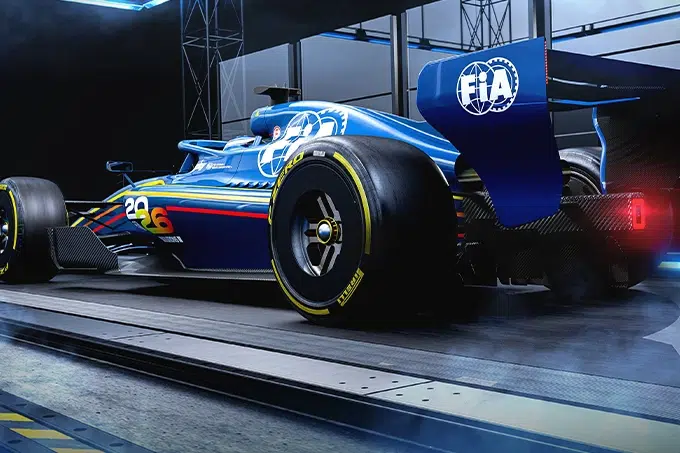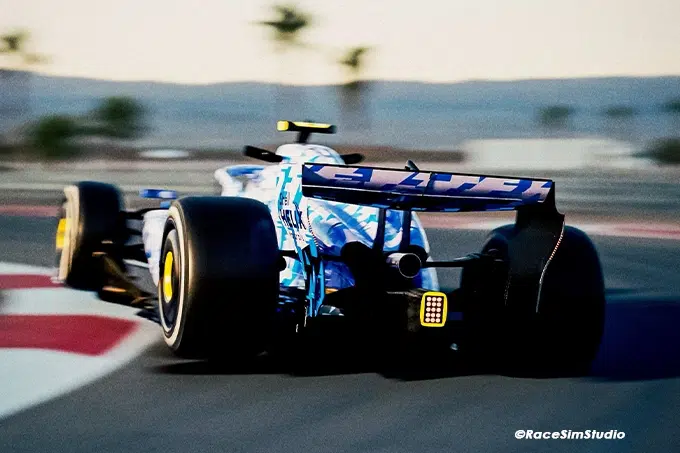Formula 1’s 2026 revolution begins with sustainable fuel, already proven in F2 and F3, paving the way for a cleaner motorsport future.
While the headlines around Formula 1’s 2026 regulations focus on new cars and power units, there’s another major change flying under the radar: all F1 teams will be required to use 100% sustainable fuel. This isn’t just a racing innovation, it’s designed to be viable for everyday road cars too.
Interestingly, this future is already playing out in Formula 2 and Formula 3. All 52 cars in those junior series are running on the same type of sustainable fuel that F1 will adopt next season. It’s a full-scale test, and so far, it’s going better than expected.
Early Success in F2 and F3
Bruno Michel, CEO of F2 and F3, shared an optimistic first assessment of how things are going. According to him, the rollout of fully sustainable fuel has been smooth and surprisingly cost-effective.
“It’s going really, really well,” Michel told FOM. “We started working with Aramco a few years ago, initially using fuel that was 55% sustainable. The idea was to gradually reach 100% by 2026.”
“But thanks to Aramco’s incredible work, we were able to fast-track that timeline and go fully sustainable this season. And here’s the big surprise—it didn’t raise costs for the teams. Aramco is supplying the fuel free of charge, so it’s actually making the season cheaper.”
The FIA Is Watching Closely

Nikolas Tombazis, the FIA’s Head of Single-Seaters, emphasized the regulatory importance of these trials. While he acknowledged some minor reliability issues, he confirmed the overall performance has stayed consistent.
“One key point is that the fuel is drop-in, meaning it works directly with current engines. That makes it viable for wider adoption,” Tombazis explained. “We’ve seen small differences in chemical properties that require attention, especially with fuel tanks and reliability. But we’re learning valuable lessons.”
These learnings are already shaping the FIA’s approach for F1 next year.
No Loss in Performance

Pierre-Alain Michot, Technical Director for Formula 2 and F3, highlighted how performance has remained unaffected.
“Our goal was clear: keep the performance unchanged while maintaining engine reliability,” Michot said. “We worked closely with Mecachrome and Aramco, testing various fuel blends extensively—on test benches and in development cars—before rolling it out across all 52 cars.”
“It’s been a great success. The performance is there. The reliability is there. Now we just need to stay on this path.”
A Preview of What’s to Come in F1
F2 and F3 are acting as a dress rehearsal for what’s coming to F1 in 2026. But unlike the junior series, each F1 team will use sustainable fuels developed by its own supplier—Shell for Ferrari, Petronas for Mercedes, and Aramco for Aston Martin. This means the performance edge could vary slightly depending on who gets their formula right.
“This has been a valuable learning experience for the FIA,” Tombazis added. “It’s a complex process, but we’re grateful that F2 and Aramco have helped us take these first steps. It’s going to make the transition in F1 much smoother.”
From Niche to Mainstream
Aramco, the Saudi energy giant behind these fuels, is clearly motivated by both technological advancement and brand image. Despite being a major oil producer, the company says it’s committed to making this fuel truly sustainable—not just in the final product, but throughout its entire life cycle.
“When we talk about sustainable fuel, we mean the whole process,” Michot clarified. “Aramco is also working to ensure that the energy used in the production of this synthetic fuel comes from renewable sources.”
The long-term goal is to move from niche production to mass availability. More plants are being built to support higher volumes, and the research continues.
Next Stop: Fully Synthetic Fuel

Sustainable fuel is just the first phase. The ultimate destination for F2 and F3 is a 100% synthetic fuel—though the exact timeline for that transition is still unknown.
“The next step is synthetic fuel,” said Bruno Michel. “It’s already part of our development roadmap with Aramco, and we’re working hard to make it happen.”
- Discover More>Why Cadillac F1 delayed showing 2026 car livery
- Follow us on >FACEBOOK and >TWITTERfor F1 update
